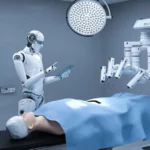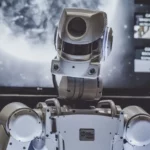AI for medical imaging uses artificial intelligence (AI) to process and interpret medical images, such as CT, MRI, and X-ray. AI can help reduce medical errors, increase productivity, and improve the diagnosis and treatment of various health conditions. AI can also automate parts of the radiology workflow and detect anomalies and cancers in different fields, such as breast imaging.
AI for medical imaging relies on images produced by different hospitals to train algorithms and find patterns. These algorithms can then be applied to new photos to identify relevant clinical decision-making features.
For example, AI can measure the size and shape of tumors, classify them into benign or malignant, and suggest the best treatment options.
How AI works in medical imaging
AI medical imaging relies on images produced by different hospitals to train algorithms and find patterns. The algorithms can learn from large amounts of data and perform difficult or impossible tasks for humans.
For example, AI can:
- Segment images into different regions and label them according to their anatomy or pathology
- Classify pictures based on the presence or absence of diseases or abnormalities.
- Quantify images by measuring the size, shape, volume, or density of lesions or organs.
- Generate images by synthesizing new images from existing ones or creating realistic images from other modalities.
- Enhance images by improving their quality, resolution, contrast, or noise reduction.
Benefits of AI for Medical Imaging?
AI for medical imaging has several potential benefits for both patients and clinicians. Some of these benefits are:
Accuracy: AI can enhance the accuracy of diagnosis and prognosis by detecting subtle signs of disease that human eyes might miss. AI can also reduce the variability and subjectivity of human interpretation, leading to more consistent and reliable results.
Efficiency: AI can speed up the analysis of medical images by automating tasks that are tedious or time-consuming for humans, such as segmentation, annotation, and measurement. AI can also prioritize urgent cases and flag abnormal findings for further review.
Accessibility: AI can improve the accessibility of medical imaging by enabling remote diagnosis and consultation, especially in areas with a shortage of radiologists or specialized equipment. AI can also lower the cost and radiation exposure of medical imaging by reducing the need for repeated scans or invasive procedures.
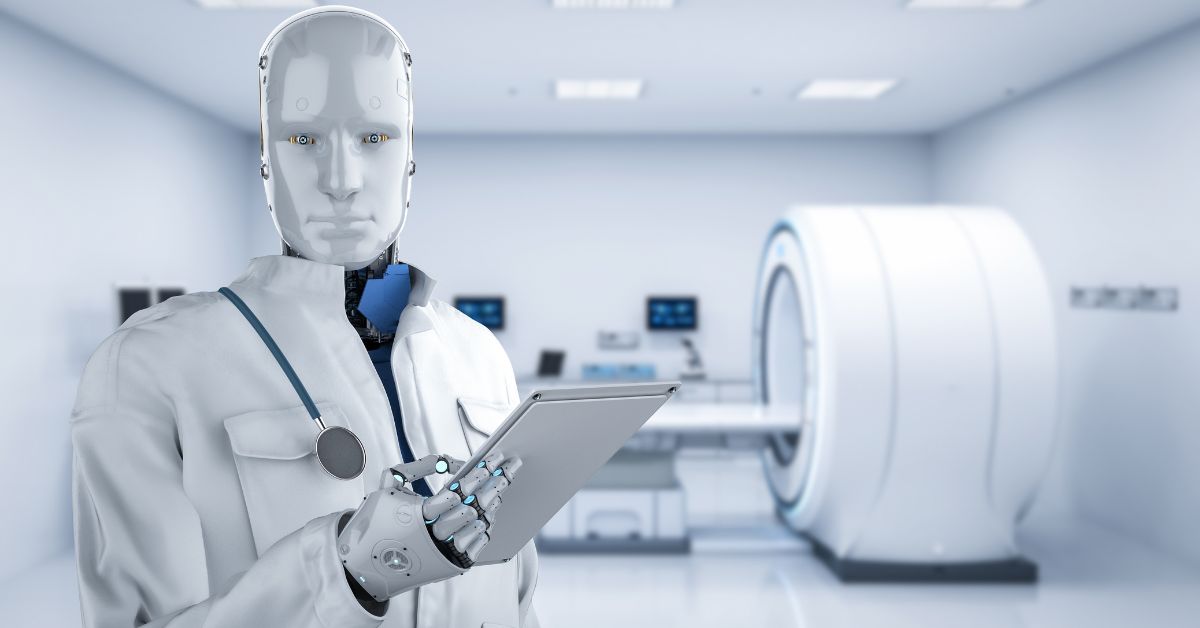
Challenges and Limitations of AI for Medical Imaging
Despite the promising benefits of AI for medical imaging, several challenges need to be addressed before it can be widely adopted in clinical practice. Some of these challenges are:
Data Quality: AI for medical imaging depends on large and diverse datasets to train and validate its algorithms. However, data quality can vary depending on image resolution, contrast, noise, artifacts, and patient characteristics. Data quality can affect the performance and generalizability of AI algorithms across different settings and populations.
Data Privacy: AI for medical imaging involves the collection and sharing of sensitive personal information, such as medical records, images, and biometric data. Data privacy can be compromised by unauthorized access, misuse, or data leakage by hackers or third parties. Data privacy can also raise ethical issues such as informed consent, data ownership, and data governance.
✅ HOW DOES FREE ROOMGPT IO WORK? STEP-BY-STEP GUIDE ✅
Data Bias: AI for medical imaging can inherit or amplify the biases in the data or the algorithms. Data bias can occur when the data is not representative of the target population or reflects historical or social inequalities. Data bias can lead to unfair or inaccurate outcomes for certain groups of patients or conditions.
Human-AI interaction: AI for medical imaging requires effective human-AI interaction to ensure trust, transparency, and accountability. Human-AI interaction can involve explaining how AI works, makes decisions, and its limitations. Human-AI interaction can also provide feedback, oversight, and control to humans using or supervising AI systems.
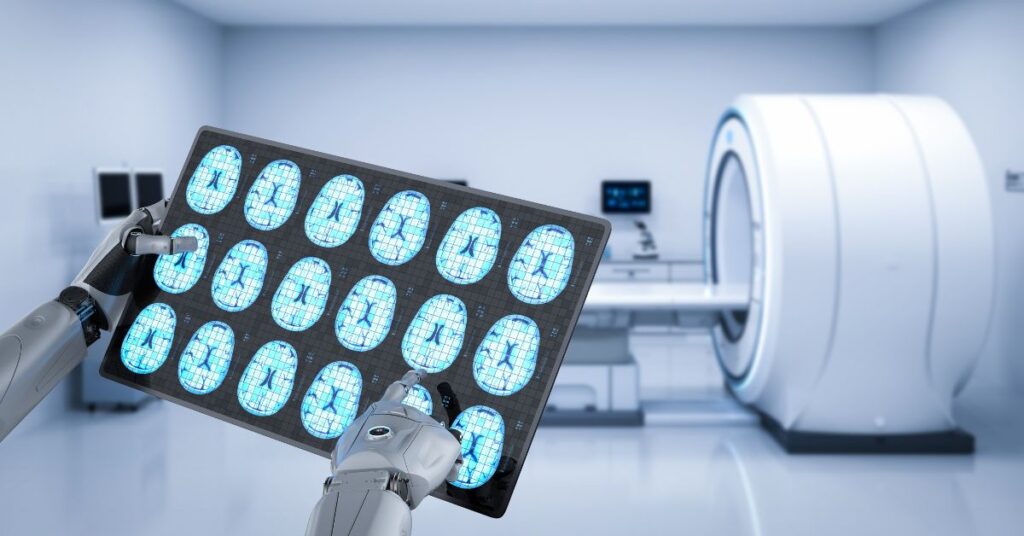
Applications of AI in Medical Imaging
AI has found applications across various areas of medical imaging. Some notable examples include:
Early Detection of Diseases
AI algorithms can analyze medical images to identify early signs of cancer, cardiovascular conditions, and neurological disorders. Healthcare providers can initiate prompt interventions and significantly improve patient outcomes by detecting these conditions early.
Image Segmentation and Analysis
AI techniques enable precise segmentation of medical images, separating different structures or regions of interest. This segmentation aids in accurate measurements, tumor delineation, and treatment planning, contributing to personalized patient care.
Radiomics and Quantitative Analysis
AI algorithms can extract quantitative information from medical images, allowing for a more comprehensive disease progression and treatment response analysis. Radiomics, a field that combines medical imaging and AI, holds immense potential for personalized medicine and precision oncology.
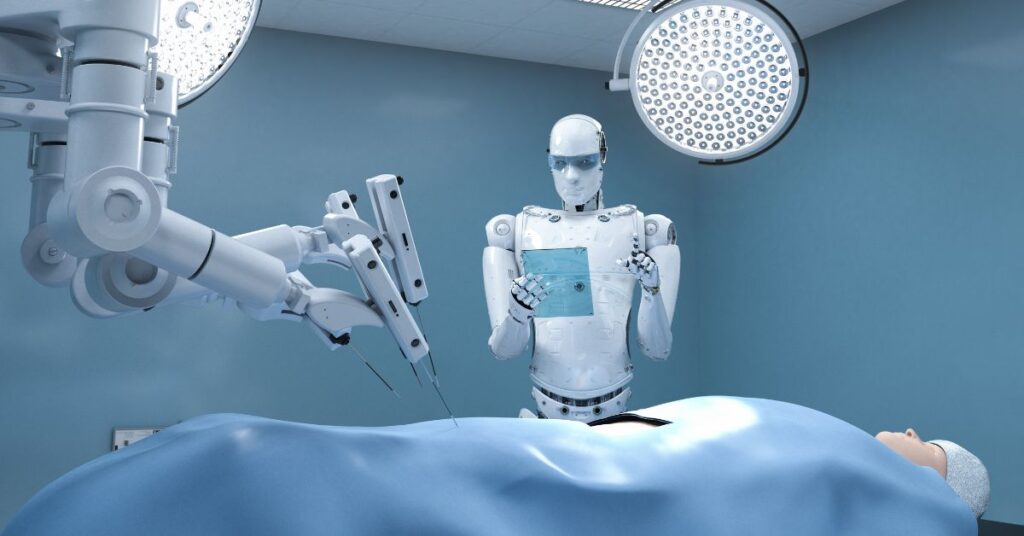
The Future of AI in Medical Imaging
The future of AI in medical imaging holds immense promise. Some potential advancements include:
Enhanced Image Reconstruction: AI algorithms can improve image quality and reduce artifacts, leading to more precise and accurate medical images.
Predictive Analytics: By analyzing vast amounts of patient data, AI can aid in predicting disease progression, treatment response, and patient outcomes, enabling proactive and personalized interventions.
Real-Time Guidance during Procedures: AI systems can provide real-time guidance and feedback to healthcare professionals during surgeries or interventional radiology, enhancing precision and safety.
Integration with Emerging Technologies: AI can integrate with other emerging technologies, such as robotics and virtual reality, opening new frontiers in diagnostics, treatment, and medical education.
FAQS
How does AI contribute to improved diagnosis accuracy in medical imaging?
AI systems assist radiologists in detecting subtle abnormalities, providing quantitative analysis, and acting as valuable decision support tools. This collaboration between AI and human experts leads to more accurate and confident diagnoses, reducing the chances of misdiagnosis and improving patient outcomes.
What are the benefits of AI in medical imaging for patient care?
AI-powered medical imaging solutions offer faster diagnosis, personalized treatment plans, and reduced healthcare costs. They enable healthcare professionals to provide timely interventions, tailor treatments to individual patients, and optimize resource allocation, ultimately improving patient care and outcomes.
What challenges are associated with AI in medical imaging?
Ethical considerations surrounding data privacy and security, algorithm bias and interpretability, and maintaining a collaborative approach between AI systems and healthcare professionals are some challenges associated with AI in medical imaging. Stricter regulations and validation processes are required to address these challenges effectively.
What does the future hold for AI in medical imaging?
The future of AI in medical imaging is promising. It includes enhanced image reconstruction, predictive analytics for disease progression and treatment response, real-time guidance during procedures, and integration with emerging technologies such as robotics and virtual reality. These advancements can potentially revolutionize diagnostics, treatment, and medical education.
Can AI replace human expertise in medical imaging?
No, AI should be seen as a tool to augment human expertise rather than replace it. Human-AI collaboration is essential to maximize the benefits of AI in medical imaging while ensuring patient safety and maintaining trust in the healthcare system.
Final Thoughts
AI for medical imaging is a rapidly evolving field that has the potential to transform healthcare delivery and outcomes. However, it also poses significant challenges that need to be addressed by researchers, clinicians, regulators, and patients. As AI becomes more integrated into medical practice, it is essential to balance its benefits and risks while ensuring its ethical and responsible use.
Up Next:



